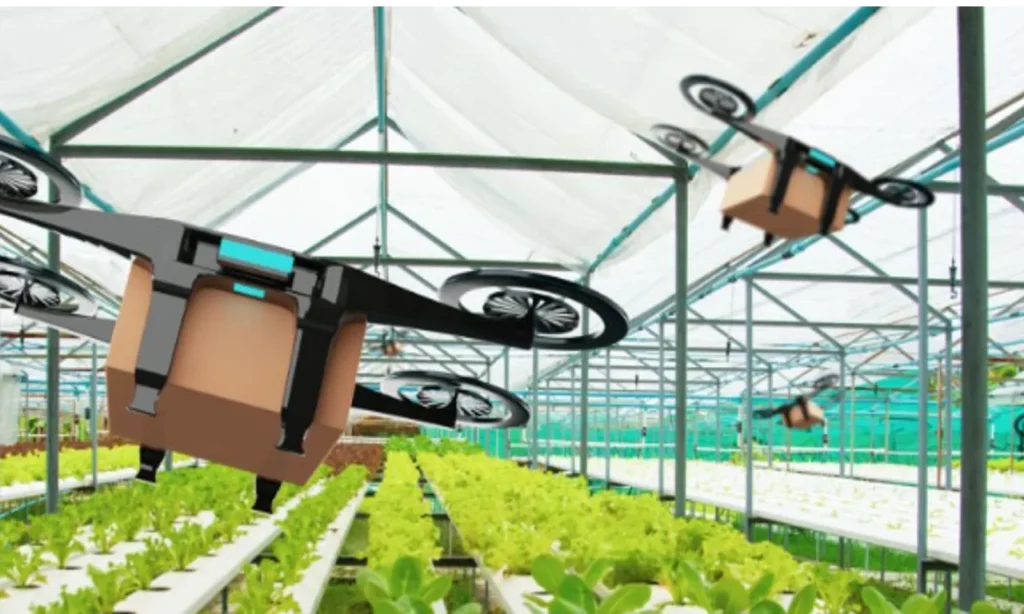Introduction: As the backbone of America’s economy, agriculture plays a vital role in feeding the nation and driving economic growth. In recent years, the integration of Artificial Intelligence (AI) technologies has transformed traditional farming practices, ushering in a new era of precision agriculture. From optimizing crop yields to managing livestock more effectively, AI is revolutionizing the way American farmers cultivate the land. Let’s explore how AI is reshaping American agriculture and driving sustainable innovation.
Maximizing Crop Yields with Precision Agriculture: Precision agriculture, powered by AI, is revolutionizing crop management practices across America’s farmlands. AI algorithms analyze a vast array of data, including soil composition, weather patterns, and crop health indicators, to provide farmers with actionable insights in real-time. By precisely tailoring irrigation, fertilization, and pest control practices to the specific needs of each field, AI-driven precision agriculture maximizes yields while minimizing resource use and environmental impact.
Furthermore, AI-enabled drones and satellite imagery offer farmers unprecedented visibility into their fields, allowing them to monitor crop health, detect pests and diseases, and assess crop performance with unparalleled accuracy. This granular level of data-driven decision-making empowers American farmers to optimize their operations and adapt to changing environmental conditions with agility and precision.
Transforming Livestock Management: In addition to crop farming, AI is revolutionizing livestock management practices, enhancing animal welfare and productivity. Smart sensors and wearable devices equipped with AI algorithms monitor animal health and behavior in real-time, detecting signs of illness or distress before they escalate. By providing early intervention and personalized care, AI-driven livestock management systems improve animal welfare outcomes while reducing veterinary costs and losses due to disease.
Moreover, AI-powered predictive analytics empower farmers to optimize breeding strategies, improve feed efficiency, and forecast market trends with greater accuracy. By leveraging AI to make data-driven decisions about herd management and production planning, American livestock producers can enhance profitability and sustainability while ensuring the well-being of their animals.
Trusted Partnerships Driving Innovation: Trusted partnerships between agricultural stakeholders and AI developers are driving innovation and adoption of AI technologies in American agriculture. Organizations such as the American Farm Bureau Federation (AFBF) and the United States Department of Agriculture (USDA) collaborate with industry leaders and research institutions to promote the responsible use of AI in agriculture and provide farmers with access to cutting-edge technologies and resources.
Moreover, agricultural technology startups and agritech accelerators play a crucial role in fostering innovation and entrepreneurship in the AI-driven agriculture sector. By supporting the development and deployment of AI-enabled solutions tailored to the needs of American farmers, these organizations contribute to the competitiveness and sustainability of American agriculture on a global scale.
Conclusion: As AI continues to reshape American agriculture, the possibilities for innovation and sustainability are limitless. By harnessing the power of AI-driven precision agriculture and transformative technologies, American farmers can cultivate the land more efficiently, sustainably, and profitably than ever before. With trusted partnerships, collaborative research, and a commitment to responsible innovation, American agriculture is poised to lead the way in feeding the nation and the world in the 21st century and beyond.



